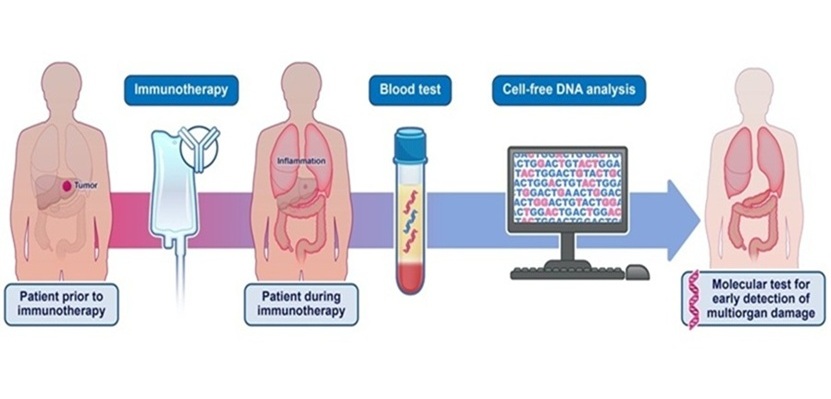Immune Cells Screened for Cytokines to Detect Food Allergies
By LabMedica International staff writers
Posted on 26 May 2010
Food allergies can be detected by screening the patient's immune cells for small proteins called cytokines. For example, T cells produce cytokines when an allergic response is initiated, attracting other cells to join in the response.Posted on 26 May 2010
To perform the test blood is drawn from the patient, and white blood cells (which include T cells) are isolated from the sample. The cells are exposed to a potential allergen and then placed into about 100,000 individual wells arranged in a lattice pattern on a soft rubber surface. Using a technique known as microengraving, the scientists make prints of the cytokines produced by each cell onto the surface of a glass slide. The amount of cytokine secreted by each individual cell is then precisely measured.
Massachusetts Institute of Technology's (MIT; Cambridge, MA, USA) chemical engineer Christopher Love developed the new technology, which is described in the June 7, 2010 issue of the journal Lab on a Chip. Prof. Love is now working with Dale Umetsu, professor of pediatric immunology at Children's Hospital Boston (MA, USA), to pinpoint the relationship between cytokine activity and allergic reactions. Children with milk allergies are given small amounts of milk and the responses of their cells are followed using the new method as they undergo treatment.
Patients suspected of having food allergies usually undergo a skin test, which involves placing small quantities of potential allergens under the skin of the patient's arm. If the patient's blood has antibodies specific to that allergen, immune cells will release histamines that cause itching and redness in the spot where the allergen was placed.
Doctors can also perform blood tests that directly measure the presence of particular antibodies in the patients' blood. However, one drawback to both of these tests is that the presence of antibodies to a particular allergen does not necessarily mean that the patient is allergic to that substance, leading to false- positive results.
Using the new technology Prof. Love said that doctors could one day diagnose food allergies with a simple blood test that would be faster and more reliable than the current tests.
Related Links:
Massachusetts Institute of Technology
Children's Hospital Boston




 assay.jpg)









